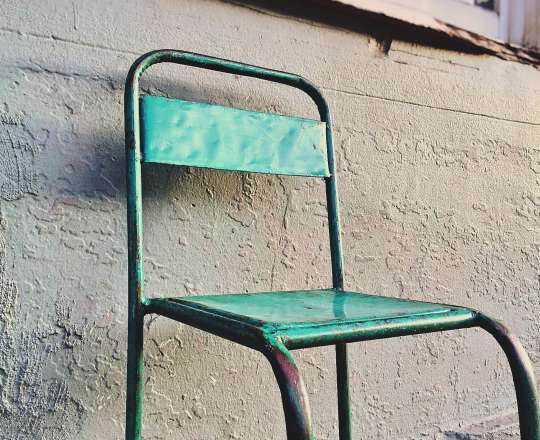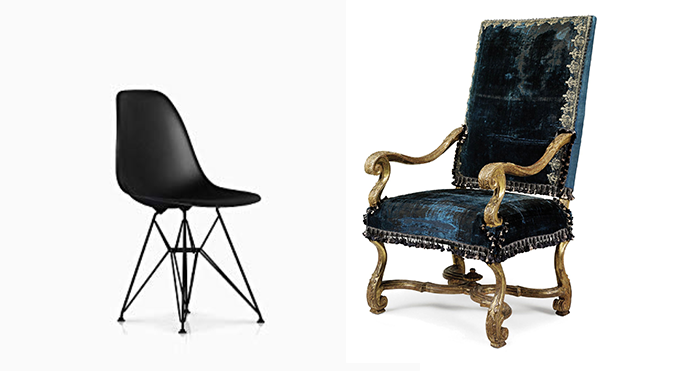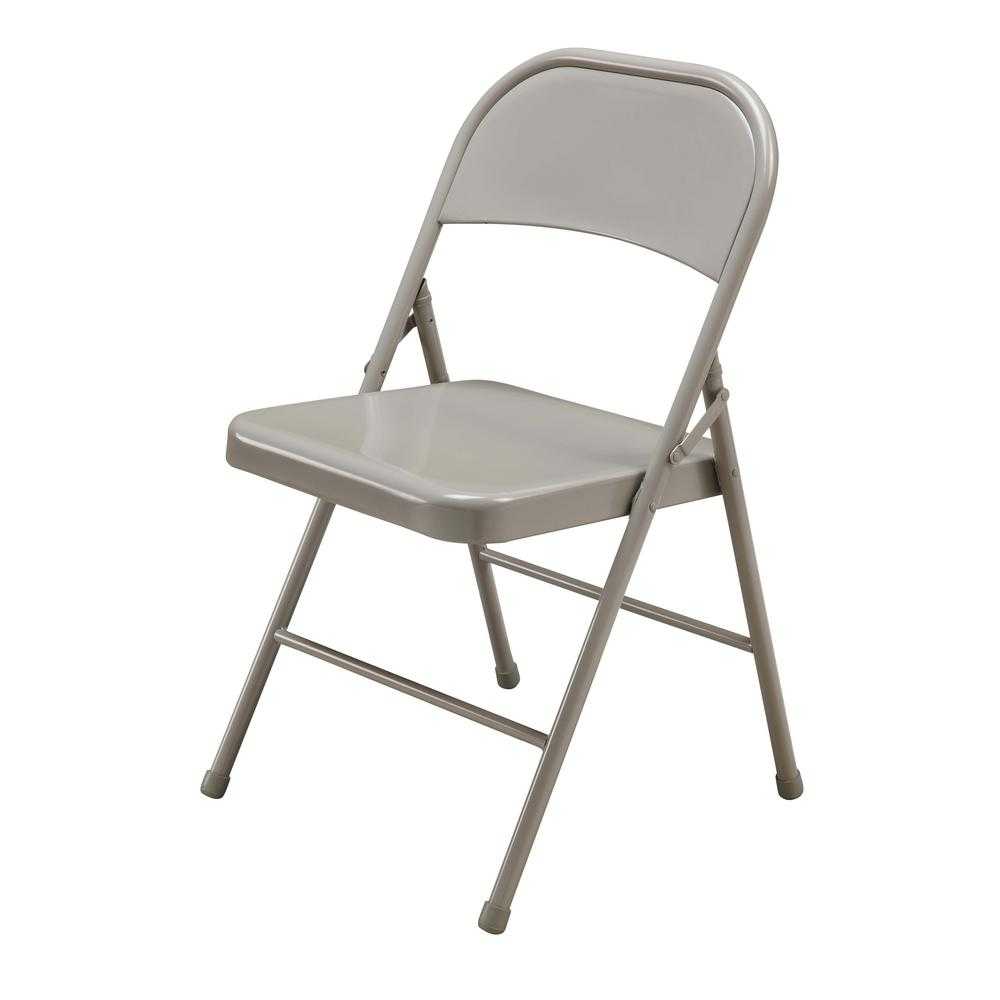What is your chair saying about you behind your back?

Brian Hennessy
Talkoot CEO and Co-Founder

Some people use chairs to sit on. Others use them to rest their feet, or keep their clothes off the floor. But all of us use chairs to remind ourselves what we believe is important in life.
You have a chair in your house. Probably lots of them. You might have an overstuffed easy chair that you sit in while you read the paper. If you like your soft, broken-in easy chair, why don’t you sit in one at the office? It would be very comfortable. In fact, why don’t you just wear your pajama pants to the office? You could probably work just as effectively in cozy flannel pants with Green Bay Packers logos all over them. But it’s not about efficiency, is it? It’s about what all that stuff says about you.

Here are two chairs. They’re very different. But not because they fulfill different functions in the world. They’re both simple, four-legged tools for the same humble purpose: taking a load off. They only differ in design. And their respective designs communicate the differing beliefs their makers have about the world.
The plush, gilded chair was commissioned by the 17th century’s own Kanye West, King Louis XIV. Louis was the king of France, and lording his gold-plated collection of status objects — like this chair — is how the king demonstrates he is special and powerful. It has this to say: “An unluxurious life is the ultimate indignity. The very thought of it makes me feel faint.”
The other chair isn’t made with rare materials or labor-intensive processes — it was machine-formed in molded plastic and metal tubing by midcentury design team Charles and Ray Eames, the popularizers of the phrase “less is more.” What it has to say to the Louis chair is: “Grow up, your majesty. Elegant isn’t the same thing as expensive.”
And by having either of these chairs around, you’re agreeing with their beliefs. (Hint: Here’s where story comes in.) To understand how, you have to understand that all our lives are made up of lots and lots of little stories that we’ve created. A Psy.D. like Dan McAdams says: “The stories we tell ourselves about our lives don’t just shape our personalities — they are our personalities.”
We have a big life story, but that story is actually made up of lots of little stories: our home story and our work story, our friends story, our travel story and our purebred dog story and our skateboarding story. Our broken stories and our functional stories, our old-as-dirt stories and our shiny new experimental stories.
We surround ourselves with objects that serve as metaphors in the stories we want to tell.
It’s why I walk three extra blocks to eat at Chipotle instead of Taco Bell (because I care about responsibly sourced food) and why my friend goes an extra six blocks past Chipotle to buy tamales from the lady on the street who makes them from her abuela’s recipe (because he cares about culinary authenticity).
So the chairs we sit in, the snacks we keep by our desk, all the bits and pieces that we think of as “functional” are actually mostly concerned with communication. There’s no best thing out there. There’s just the thing that you happen to like. And you like it because it feeds your story. It’s why you can’t tell an Old Spice fan that they ought to switch because Secret is an objectively “better” deodorant that keeps you 30 percent drier. Louis XIV didn’t love that chair because it made his butt 30 percent more comfortable than peasant butts. He loved it for the reason Kanye loves his fur pillows — because (he thought) it showed he was the shit.
We all think we’re buying stuff for the function it provides, but that’s just a story our brain tells us. We’re actually, mostly, buying the story our stuff tells about us. But for those of you still convinced you really are a no-nonsense, hard-line functionalist, rest assured there is a chair for you:

